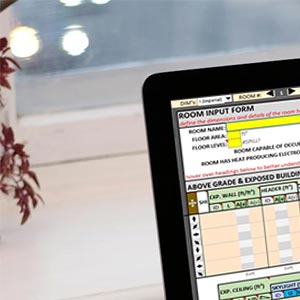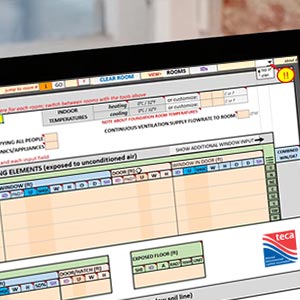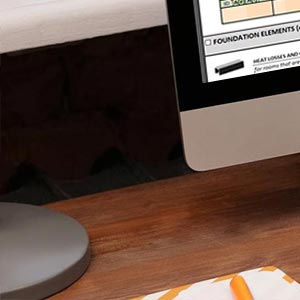print | Email a Friend | back
Are you a TECA member? If so, you pay our member's discount pricing. Please login or find out here if you qualify for our membership pricing.
The Hydronic Heat Pump Piping Handbook is a supporting document to the TECA Hydronic Heat Pump Course. This manual should not be used in isolation, but rather should be used in consultation with the hydronic heat pump course information and other design resources.
Heat pump systems are a preferred customer choice because they provide superior energy source efficiency for both heating and cooling services for a living environment. However, installing and operating heat pump systems to satisfy heating and cooling load conditions can be complex. This training course provides the supporting guidance towards the certification of technicians who want to work with heat pump devices as efficient energy sources for hydronic heating and domestic hot water (DHW) Systems, or who desire an understanding of the design considerations.
This course, and others like it, are offered in British Columbia by Thermal Environmental Comfort Association (TECA). All of our HVAC Certification training programs and schedules can be found at www.teca.ca. This manual supports the design and installation of Heat Pump systems to support Hydronic Heating, and the ancillary components. Sizing methods, example drawings, definitions, and descriptions of essential features and functions of the equipment have been provided. This manual and its related certification cannot replace trade certifications for plumbing, refrigeration, sheet metal, electrical, or gas fitting.
This manual contains the currently accepted building standards and practices of TECA industry members and associate members. The installer must be familiar with local building codes that impact the installation of HVAC systems. Sometimes building codes can vary from city to city, and there may be local variance from this manual content. TECA updates training curriculums as much as possible to stay in step with evolving regulations.
DISCLAIMER: This manual was developed in consultation with, and using information obtained from manufacturers, suppliers, contractors and others with specialized experience. It is subject to revision as further use and investigation may show such revision necessary or desirable. Installations and designs that comply with this manual will not necessarily be acceptable if, when examined and tested, they are found to have features that impair the result contemplated by these requirements. The authors and editors assume no responsibility and accept no liability for the application of the principles or techniques contained in this manual or for errors or omissions and expressly disclaim any such responsibility.






